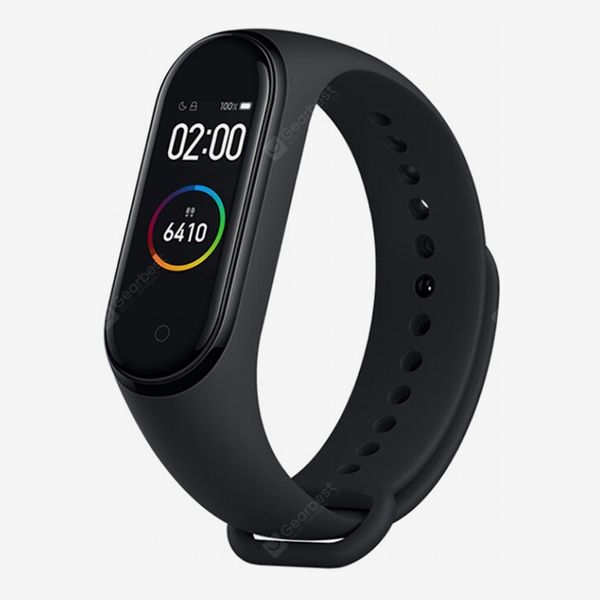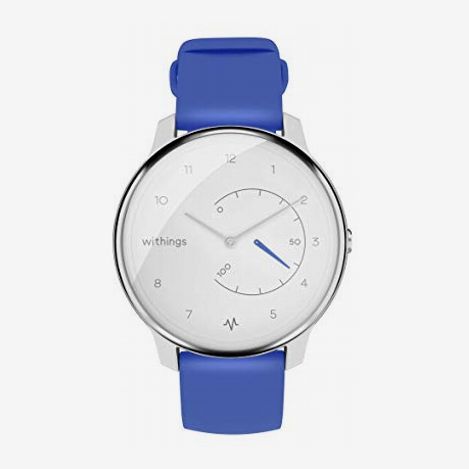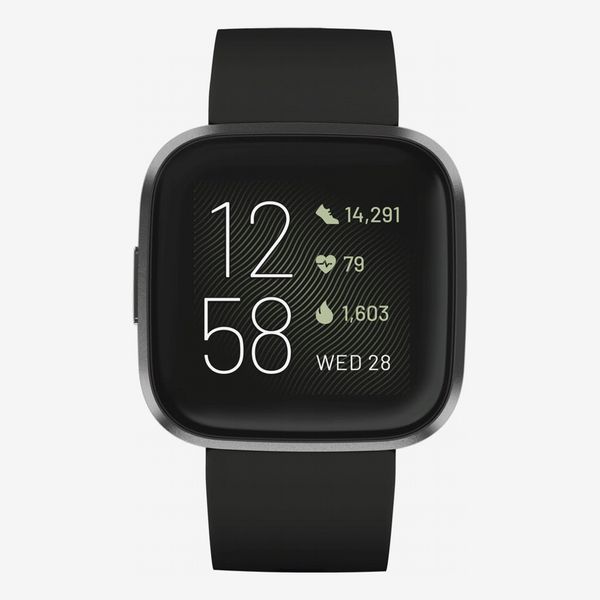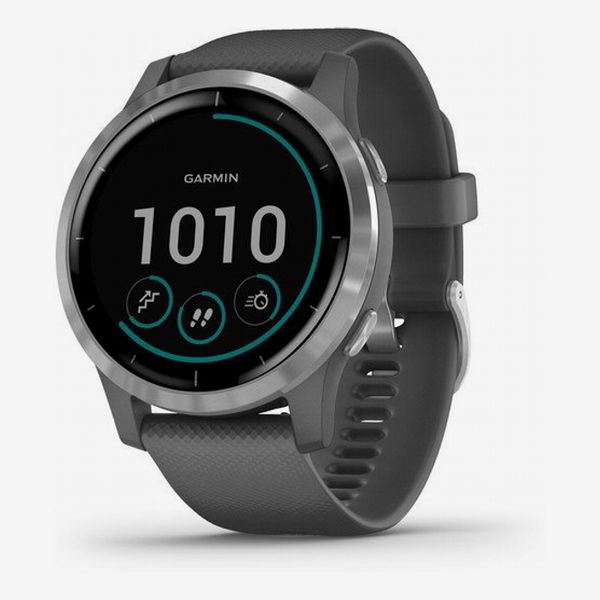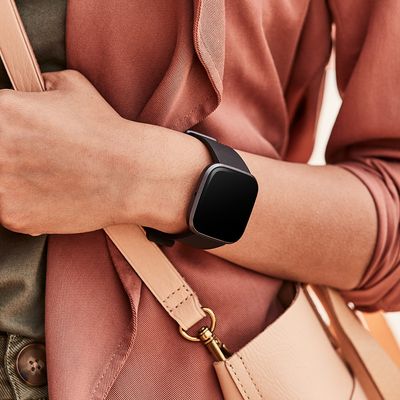
Whenever anyone asks me which fitness tracker to buy, my pulse races (literally, my Fitbit tells me so). I’m a tech writer, and I hate to see friends and family get duped by ridiculous marketing claims, gimmicks, or pushy salespeople. (I’m sure we all have one or two gadgets in a drawer somewhere that we wish we never bought.)
I’ve also put a lot of fitness tech to the test. My workout habits are fickle: I box one week, lift weights the next, and, when I can stomach the burpees, take HIIT classes. These trackers have been with me when I’ve been running in the park, swimming in the pool, and jumping around on the gym floor.
Best for the price
The first rule of buying a fitness tracker: Don’t think you have to spend a lot. The Mi Band 4 can track your steps, runs (both on the treadmill and outside), general workouts (like HIIT and aerobics), cycling, and swimming. It’s waterproof up to 50M, which means that it’ll happily join you in the pool and in the shower.
Although it sticks up from my wrist a little, I prefer the design to some fitness trackers that are more than three times the price. When I wore it during a boxing and HIIT class last week, I forgot I had it on and had that oh-God-I’ve-lost-it heart-sinking feeling. It turns out it’s just very light (at only 21g) and very comfortable.
There aren’t different colour options here, sadly, but you can pick up a colourful or patterned band on Amazon for the older version, which will fit.
Best tracker that doesn’t look like a tracker
Not everyone likes fitness tech that could be mistaken for those plastic bangles you traded at primary school. Luckily, the design of the Withings Move is Clerkenwell Design Week, then fitness tracker. Although it may be disguised as a regular watch, under the hood it can track your activity and pair up with the Withings Health Mate app on your phone to offer connected GPS.
It runs off a watch battery and has a bunch of cool customisation options, allowing you to select the colour of the strap, dial, case, and tracker hand. For £69.96, you can customise the basic options that are essentially all different colours of plastic, from white and grey through to warm yellow and turquoise. But if you pay more (prices start at £129.99), you can get the Timeless Chic edition, which has a stainless-steel casing and a glass finish. However you customise the Move, it’s water resistant to 50M, so you can keep it on when you swim, shower, or wash up.
Of course, if you like instant access to your workout stats, this isn’t for you, as there’s no screen onboard. But when I want to switch off from stats and just enjoy a podcast while I’m on the rowing machine, this is my go-to.
Best for syncing with existing tech
If you’ve been tempted by a new Apple Watch but can’t justify the eye-watering price, check out the Fitbit Versa 2.
It tracks more than 15 different types of exercise and has 24/7 heart-rate tracking. It may be a lot pricier than other options, but that’s because it’s not technically just a fitness tracker but doubles up as a smartwatch. This means you can download apps, set timers, see notifications on the screen, and even play (admittedly simple) games on it.
For me, this extra functionality is really handy for setting timers at the gym as well as when I’m working and using the Pomodoro technique. The big screen on the tracker also means you can watch mini-workouts on it to check your form.
This Fitbit also comes with Amazon’s Alexa voice assistant built in, so you can ask Alexa to check the weather or set alarms on the move. Despite being a great all-rounder, the battery will last for up to five days, which is good for a device with such a bright and bold screen. If you’re on a budget, check out the Fitbit Versa Lite. It has all the basics of the Versa 2 but doesn’t have Alexa, Fitbit Pay, and music storage. [Editor’s note: We also like the Fitbit Inspire HR as a budget option.]
Best for runners
I’ve been recommending the Vivoactive 4S for runners because it has built-in GPS, as well as lots of onboard storage for music and playlists from Deezer or Spotify, so as long as you have a pair of Bluetooth headphones with you, you can listen to tracks on the go without your phone. It can also tell you how far you’ve run, what your pace is, your running intervals, and much more. This sounds like a lot of data, but when you get serious about running, training for races, and hitting your personal bests, the more the better. Another reason it’s a hit with outdoor adventurers or trail runners is that it has Garmin’s incident detection and assistance feature, which can send your real-time location to emergency contacts if anything bad happens.
It has a different display to similar fitness watches with a screen, which is more akin to a Kindle. I love this type of screen because I can read it in all lighting conditions. It’s fared me well in a dark spinning studio and in blinding sunlight while doing some HIIT around the park. Without a bright, shiny display (like the kind you’d find on the Fitbit Versa 2 or your smartphone), it also has a longer battery life. It lasted nearly eight days last time I used it, which is a major feat for an advanced fitness tracker like this one as well as good news for lazy people who don’t remember to charge it often.
The Strategist UK is designed to surface the most useful, expert recommendations for things to buy across the vast e-commerce landscape. Read about who we are and what we do here. Our editors update links when possible, but note that deals can expire and all prices are subject to change.
